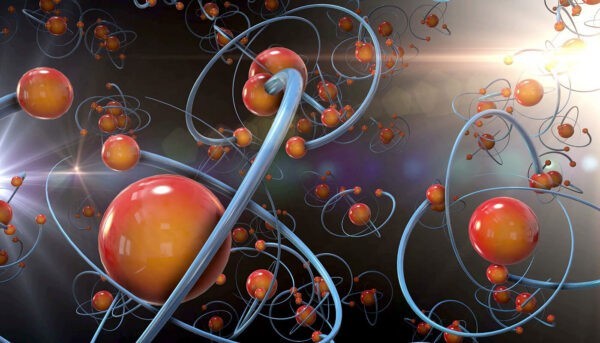Discovery that changed the world

No one knows the date when the first beer was created – they say it has always been there. In the beginning it was a very simple drink without any refinement, just like life in those days. With the development of science brewers began to understand more about the secrets of creating a magical drink. Technology changed, but the basic ingredients remained unchanged: water, malt, hops, yeast and love, without which no good beer can be created.
Some discoveries made by brewers have literally changed our world. One of them was the discovery of the pH scale, but first a few words about what it is and how it affects beer quality.
As we all know from our first chemistry lessons, the formula for water is H2O. Water is a universal solvent. Among substances that dissolve in water, we can distinguish two main classes: acids – substances that, when dissolved in water, are capable of releasing the hydrogen ion H+ and bases – substances that, when dissolved in water, take away the hydrogen ion and release the negatively charged hydroxyl ion OH-. An excess of H+ ions determine the acidic properties of the solution, while an excess of OH- ions determines the basic properties of the solution. By adjusting the concentration of these ions, we can control chemical and biochemical processes. In the food industry, the level of acidity affects the preparation of various products, including wine and beer. The active substances that regulate their fermentation require a certain level of acidity of the medium, i.e. a specific concentration of hydrogen ions.
In 1901 Soren Sorensen was appointed head of Carlsberg’s brewing chemistry laboratory. He realized that enzyme activity during the brewing process was crucial – enzymes convert the starch in barley malt into sugar. But it was not an easy process to control. Sorensen realized that adding acid to the mash – the liquid from the mashing process during brewing – would increase enzyme activity. But if too much acid was added, the enzyme activity would start to decrease again. It was necessary to find a way to measure the acidity level of the mash for optimum enzyme conditions.
At the end of the 19th century, the Latvian chemist Wilhelm Oswald had already invented a system for measuring the amount of hydrogen ions in a solution with electrodes. It remained to create a table or scale of acidity determination, convenient for practical use. Such a scale was created by Soren Sorensen.
It relies on the fact that acids release hydrogen ions when combined with water, as in the brewing process, whereas alkaline compounds combine with hydrogen ions in the same conditions. In 1909 Sorensen developed the equations needed to measure these concentrations, using negative logarithms (there were no electronic calculators in his day), and called this the “hydrogen force” (sometimes “hydrogen potential”) or pH scale. This scale became a global standard used everywhere. Now almost every chemistry lab has an instrument that measures the acidity of a solution. In brewing, it has long been mandatory.
Like other discoveries of global significance, the pH scale was donated by the Carlsberg owner Jacobsen to anyone who wished to use it. The pH meter is now universally used in medicine and various industries.
The pH scale ranges from 0 to 14, with the strongest acids at the bottom of the scale and the strongest alkalis at the top. Water is neutral and is at number 7. Because the scale is logarithmic, each unit on the scale changes by a factor of 10, meaning that a substance with a pH of 3 is ten times more acidic than a pH of 4, and a hundred times more acidic than a pH of 5. The point of the Sorensen scale is that it takes such complex calculations and makes them easy to understand, so easy it is taught in elementary school.
In medicine, the pH-meter is used to analyze biological fluids, not least blood, where a pH of 7.35 to 7.45 is considered normal. It can detect kidney or liver failure, diabetes and urinary tract infections. It is also widely used in agriculture, oceanography, battery construction, drinking water purification and to protect the hulls of ships and aircraft from corrosion.
For his discovery, Sorensen was nominated for the Nobel Prize 10 times, but did not receive it. Of course, this is a shame, but the main thing is that thanks to this man, the world got a universal tool that has been used everywhere for more than a century.















